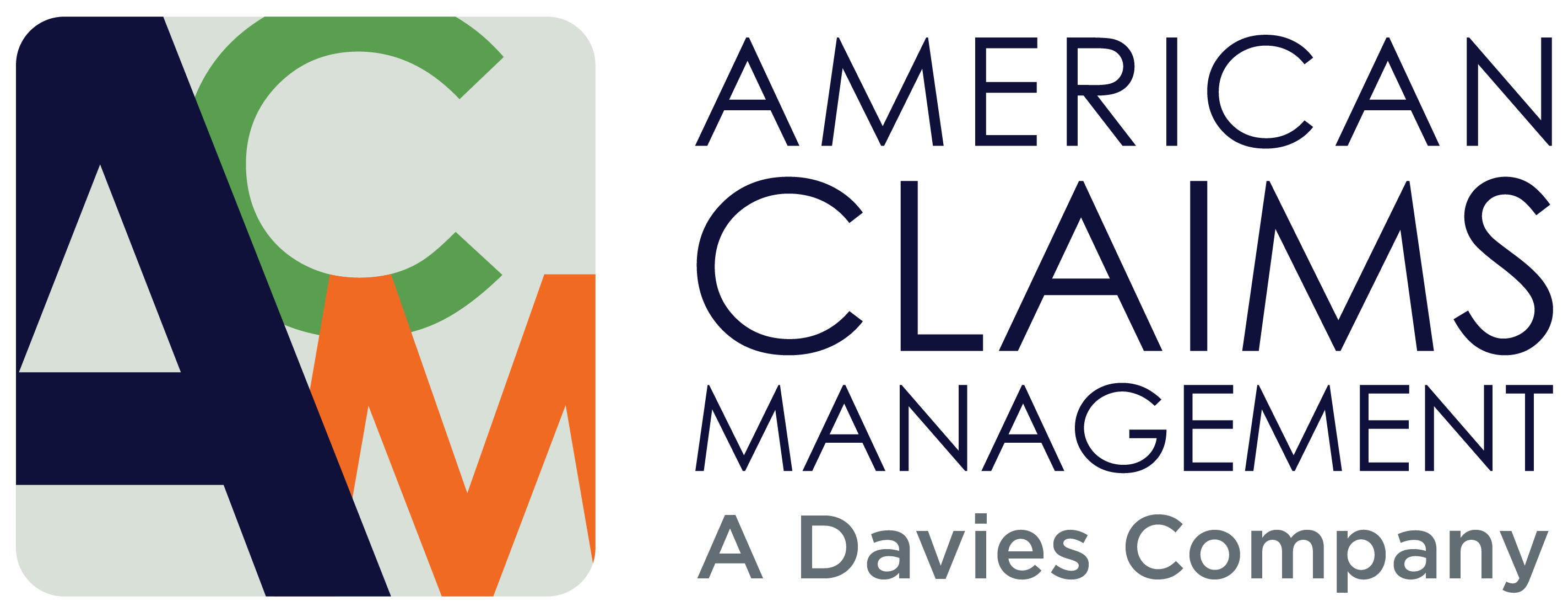Most likely you – or your insurance client – has what we call in the insurance industry an “incidental fleet exposure,” in that transportation is not your main business, but a peripheral component of your organization. This month, we’re providing both our self-insured clients and our insurance carrier clients with a checklist for hiring safe drivers that you and your clients can utilize.
We all know that hiring safe drivers is important– but in an employer’s quest to hire topnotch employees, driving records may be overlooked.
After all, employers typically choose candidates based on the candidate’s ability to perform the critical responsibilities or duties of the main job. The focus is not on what may be a small portion of their job, such as driving a vehicle. And while most employers scrutinize and test an employee on their various skills, the fact that they will be driving a company vehicle regularly or even sporadically doesn’t automatically add a driver evaluation to the hiring process.
But did you know that motor vehicle accidents are the leading cause of work-related deaths, costing employers more than $40 billion per year? Distracted driving, horseplay and driver error also contribute to many workplace transport accidents. Using a checklist for hiring safe drivers such as this one and providing additional instruction, training and adequate supervision, can help your insurance clients significantly reduce workplace transport accidents.
Your clients’ vehicle safety program should include specific practices and policies on driver selection, training and supervision. Let’s start with best practices for driver selection.
Criteria for choosing safe drivers
Below is a brief list of criteria they’ll want to consider for each hiring candidate, with more detailed explanations following.
- At least 21 years old
- Acceptable accident and traffic citation history
- Proper licensing for the type and class of vehicle the employee will be operating
- Physical health (no impairments to being capable of operating a vehicle safely)
- Additional approved driver traits, from attitude to psychomotor performance, medical status, and mental abilities
Driving history using MVRs
Reviewing prospective employees’ current motor vehicle records (MVRs) is one of the best indicators to help determine if they are qualified to operate a motorized vehicle owned or operating on behalf of the company. This applies not only to those operating company vehicles but also to those operating their own vehicles while on company business.
MVRs can be obtained either directly from the state or from MVR vendor companies. The MVR check should cover every state where the employee possessed a driver’s license during a minimum of the previous five years. Additionally, consider ordering and reviewing MVRs annually for all drivers. Drivers that have been identified as having poor driving history may be flagged for more frequent MVR reviews.
Your insured or self-insured client will want to review the potential employee’s record for:
- Vehicle crashes (define whether at-fault, contributory negligence or negligence-free)
- Minor incidents (minimal speeding, failure to stop at a stop sign, etc.)
- Major incidents (excessive speeding, disregarding traffic signals, texting while driving, etc.)
- Serious incidents (DUI, hit and run, reckless driving, etc.)
Studies show a direct correlation between past driving performance and future vehicle crash involvement. Drivers who have experienced moving violations and crashes are more likely to be involved in future vehicle crashes. For this reason, you will need to define what constitutes an acceptable driving record.
For instance, you may decide that a driver with up to three minor incidents is allowable. Or a driver involved in one vehicle crash, but with no other violations, is OK.
Once acceptable driver criteria have been established, all drivers should be informed of the policy and provide written acknowledgement of their agreement to adhere to the driver criteria. Management should follow the criteria fairly and consistently, as part of this checklist for hiring safe drivers. Regularly scheduled driver training with emphasis on maintaining the company’s safety standards coupled with lessons learned sessions offer valuable reinforcement to limit accidents.
Physical health of driver candidates
Consider the prospective employee’s physical fitness, such as health, eyesight, hearing and mental ability to carry out the job. Where possible, match the particular vehicle requirements, the task and situation with the driver’s fitness and capabilities. It goes without saying, but never allow anyone unfit to operate a vehicle due to substance abuse of alcohol, prescription or illegal drugs.
Candidate attitudes
Select employees with the correct safe attitude towards workplace transport and who have the ability to perform the job in a responsible, competent manner. Evaluate their age, experience, driving record and maturity, as well as attitude. When viewing their MVR, your client will want to consider non-moving violations (illegal parking, expired registration and inspection stickers, vehicle defects and poor vehicle maintenance), as they may indicate a driver’s tendency to disobey company policy.
Before and during the interview
If a job description is in place, what portion of the time will be spent in driving? Your client should plan the interview accordingly. For instance, they may not need to do a road test when hiring sales representatives, but they will want to check MVRs before handing off keys to company vehicles or representing their entity while using a personal vehicle for company business.
Next, check that the application for missing information. Follow up on gaps in work history. Include interview questions about an applicant’s driving experience based on the type of vehicles they will be driving.
Test the applicant. Depending on the extent and type of driving each position requires, incorporating some or all of these components may be warranted: written exam, road test, skills test, pre-trip inspection test, psychological evaluation, credit and background checks, and physical exam. Verify information, check references and look at past performance as a prediction of future performance.
Using this checklist for hiring safe drivers will help you or your clients maintain lower loss ratios on workers’ compensation, commercial auto and other liability coverages.
Sources:
Safety Management in Small Motor Carriers
Work-Related Vehicles/WTS Safe Driver
Driver Safety
OSHA in the Real World: How to Maintain Workplace Safety While Keeping Your Competitive Edge

